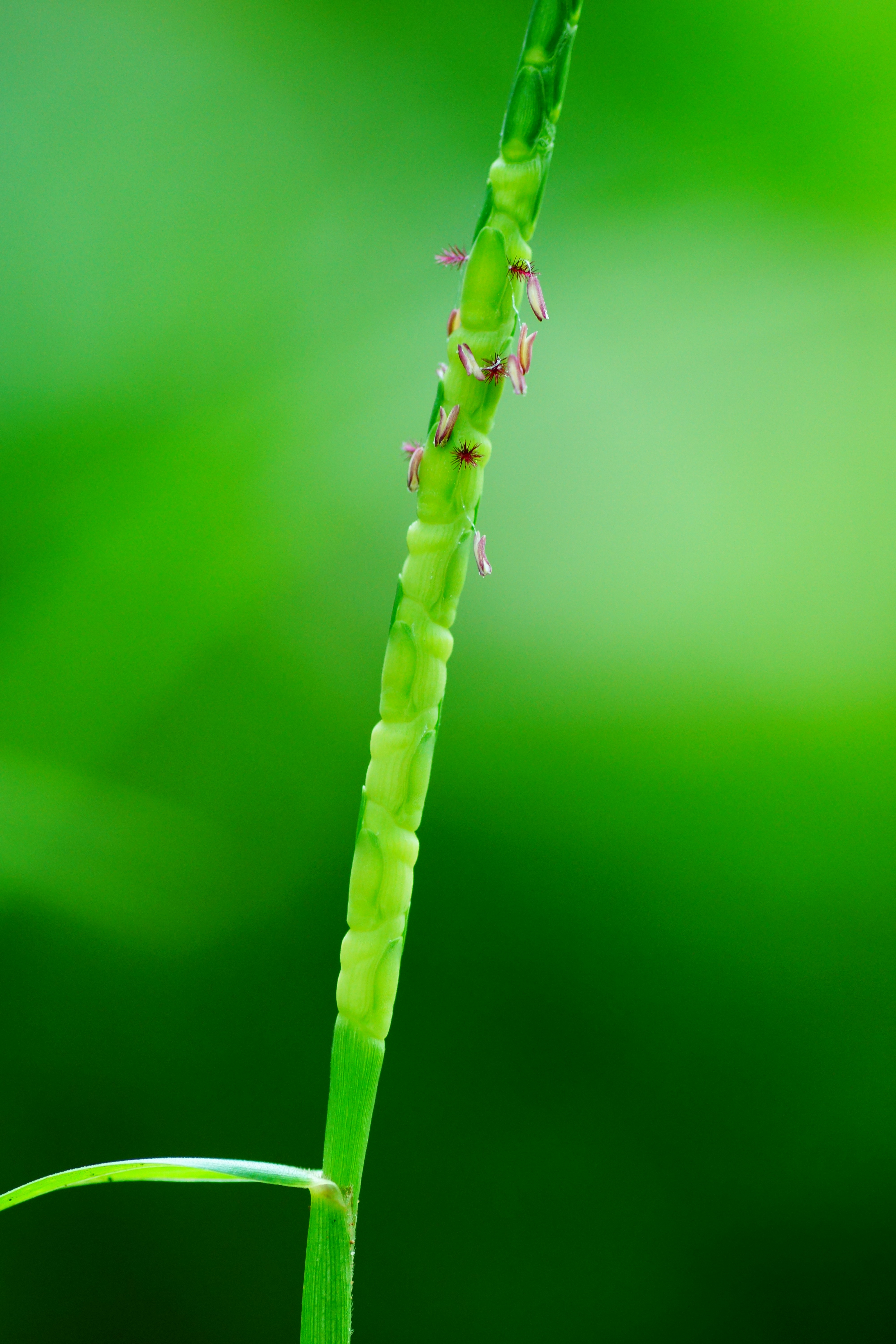|
Aegilops Neglecta
''Aegilops neglecta'', common name three-awn goat grass, is a species in the family Poaceae Poaceae () or Gramineae () is a large and nearly ubiquitous family of monocotyledonous flowering plants commonly known as grasses. It includes the cereal grasses, bamboos and the grasses of natural grassland and species cultivated in lawns an .... References * * Brummitt, R. K. 1986. Report of the Committee for Spermatophyta. Taxon 35:557. * Davis, P. H., ed. 1965–1988. Flora of Turkey and the east Aegean islands. * El Bouhssini, M. et al. 1998. Identification in Aegilops species of resistant sources to Hessian fly (Diptera: Cecidomyiidae). Genet. Resources Crop Evol. 45:343–345. * FNA Editorial Committee. 1993–. Flora of North America. * Kimber, G. & M. Feldman. 1987. Wild wheat, an introduction. * Lambinon, J. 1981. (588) Proposition de rejet Aegilops ovata L. Taxon 30:361. * Slageren, M. W. van. 1994. Wild wheats: a monograph of Aegilops L. and Amblyopyrum (Jaub. & Spach) ... [...More Info...] [...Related Items...] OR: [Wikipedia] [Google] [Baidu] |
Esprit Requien
Esprit Requien (6 May 1788, Avignon – 30 May 1851, Bonifacio, Corse-du-Sud) was a French naturalist, who made contributions in the fields of conchology, paleontology and especially botany. From the age of 18, he was associated with the botanical garden in the city of Avignon. He performed extensive studies of flora native to Corsica and in the environs of Mont Ventoux. During his lifetime, he amassed an herbarium of 300,000 specimens.Prosopo Les sociétés savantes In the fields of conchology and palaeontology, he conducted collecting expeditions to the , and |
Antonio Bertoloni
Antonio Bertoloni (February 8, 1775 in Sarzana – April 17, 1869 in Bologna) was an Italian physician and botanist who made extensive studies of Italian plants. He also collected notable samples of Central American flora. Biography He studied medicine and botany at the University of Pavia, afterwards (1796) continuing his medical education in Genoa. For a period of time he practiced medicine in his home town of Sarzana. In 1811 he returned to Genoa, where he served as a professor of physics at the Imperial Lyceum. In 1815 he was appointed professor of botany at the University of Bologna. His son Giuseppe (1804-1874) was a botanist and entomologist in Bologna. Tributes * ''Bertolonia'', botanical genus from the family Melastomataceae. * Plants with the specific epithet of ''bertolonii'', an example being '' Ophrys bertolonii'' (Bertoloni's bee orchid). Selected works His major work, "Flora Italica; sistens plantas in Italia et in insulis circumstantibus sponte nascentes", wa ... [...More Info...] [...Related Items...] OR: [Wikipedia] [Google] [Baidu] |
Species
In biology, a species is the basic unit of classification and a taxonomic rank of an organism, as well as a unit of biodiversity. A species is often defined as the largest group of organisms in which any two individuals of the appropriate sexes or mating types can produce fertile offspring, typically by sexual reproduction. Other ways of defining species include their karyotype, DNA sequence, morphology, behaviour or ecological niche. In addition, paleontologists use the concept of the chronospecies since fossil reproduction cannot be examined. The most recent rigorous estimate for the total number of species of eukaryotes is between 8 and 8.7 million. However, only about 14% of these had been described by 2011. All species (except viruses) are given a two-part name, a "binomial". The first part of a binomial is the genus to which the species belongs. The second part is called the specific name or the specific epithet (in botanical nomenclature, also sometimes i ... [...More Info...] [...Related Items...] OR: [Wikipedia] [Google] [Baidu] |
Poaceae
Poaceae () or Gramineae () is a large and nearly ubiquitous family of monocotyledonous flowering plants commonly known as grasses. It includes the cereal grasses, bamboos and the grasses of natural grassland and species cultivated in lawns and pasture. The latter are commonly referred to collectively as grass. With around 780 genera and around 12,000 species, the Poaceae is the fifth-largest plant family, following the Asteraceae, Orchidaceae, Fabaceae and Rubiaceae. The Poaceae are the most economically important plant family, providing staple foods from domesticated cereal crops such as maize, wheat, rice, barley, and millet as well as feed for meat-producing animals. They provide, through direct human consumption, just over one-half (51%) of all dietary energy; rice provides 20%, wheat supplies 20%, maize (corn) 5.5%, and other grains 6%. Some members of the Poaceae are used as building materials (bamboo, thatch, and straw); others can provide a source of biofuel, ... [...More Info...] [...Related Items...] OR: [Wikipedia] [Google] [Baidu] |
Aegilops
''Aegilops'' is a genus of Eurasian and North American plants in the grass family, Poaceae. They are known generally as goatgrasses.''Aegilops''. Integrated Taxonomic Information System (ITIS). Some species are known as invasive s in parts of .Watson, L. and M. J. Dallwitz. 1992 onwards ''Aegilops''. The Grass Genera of t ... [...More Info...] [...Related Items...] OR: [Wikipedia] [Google] [Baidu] |
Flora Of Western Asia
Flora is all the plant life present in a particular region or time, generally the naturally occurring (indigenous) native plants. Sometimes bacteria and fungi are also referred to as flora, as in the terms '' gut flora'' or '' skin flora''. Etymology The word "flora" comes from the Latin name of Flora, the goddess of plants, flowers, and fertility in Roman mythology. The technical term "flora" is then derived from a metonymy of this goddess at the end of the sixteenth century. It was first used in poetry to denote the natural vegetation of an area, but soon also assumed the meaning of a work cataloguing such vegetation. Moreover, "Flora" was used to refer to the flowers of an artificial garden in the seventeenth century. The distinction between vegetation (the general appearance of a community) and flora (the taxonomic composition of a community) was first made by Jules Thurmann (1849). Prior to this, the two terms were used indiscriminately.Thurmann, J. (1849). ''Essai de ... [...More Info...] [...Related Items...] OR: [Wikipedia] [Google] [Baidu] |



